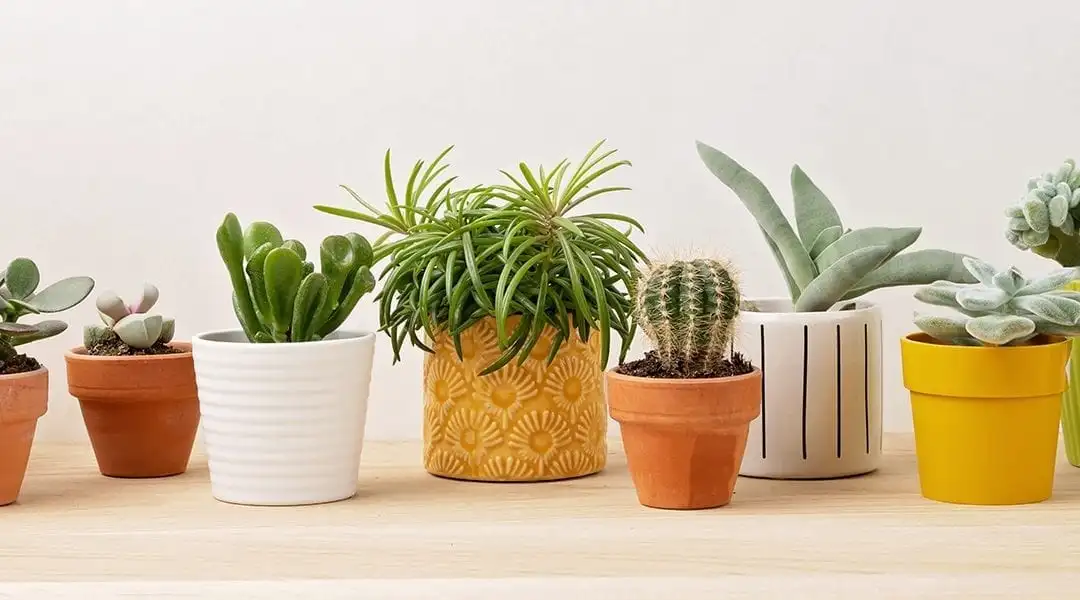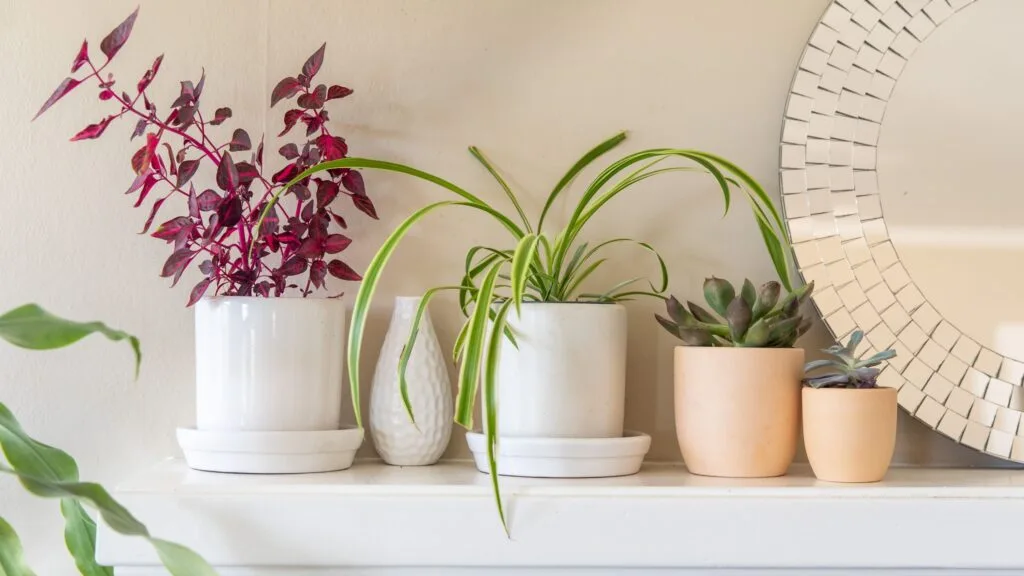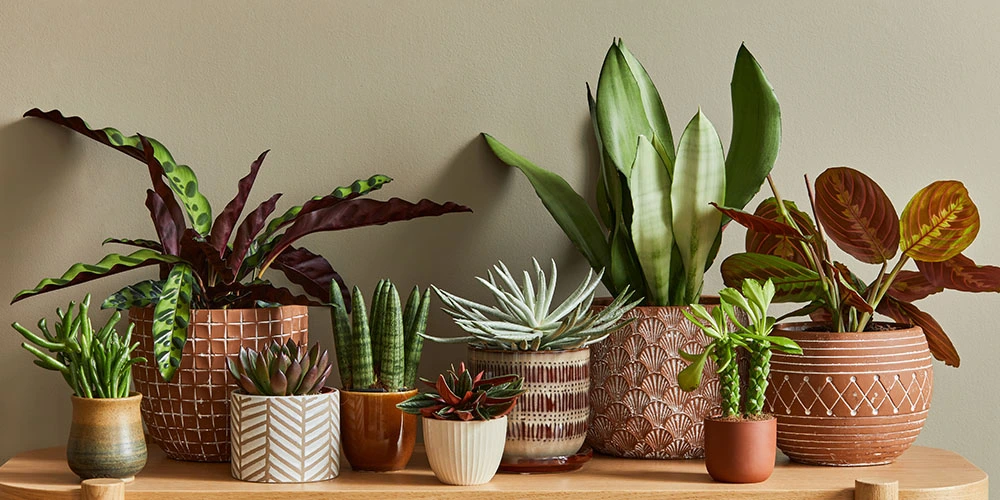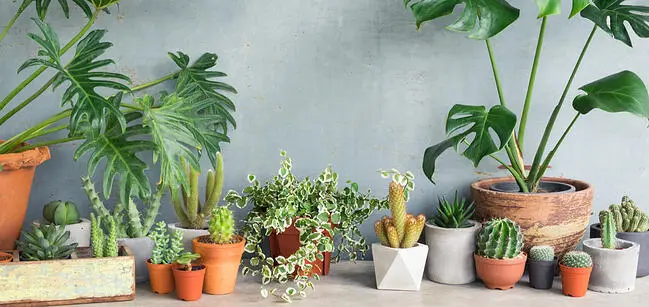Contents
Introduction
Choosing the right pot for your indoor plants might seem like a small detail, but it can make a big difference in how well your plants thrive. Whether you’re a seasoned plant enthusiast or just starting your indoor garden, selecting the perfect pot involves more than just picking one that looks nice. It’s about finding the right fit that supports your plant’s health and growth.
So, why does the type of pot matter so much? First off, the pot you choose affects how well your plant’s roots can breathe and how well excess water can drain away. Too much water can lead to root rot, while too little can leave your plant parched. Different materials and sizes of pots offer various benefits, from better drainage to improved insulation, and it’s all about finding the right match for your plant’s needs.
In this guide, we’ll walk you through everything you need to know to pick the best pots for your indoor plants. We’ll cover the different materials pots are made from, the importance of size and drainage, and how to choose pots that fit your home decor. By the end, you’ll have all the info you need to make confident choices and ensure your plants get just the right amount of care they need to flourish.
Ready to dive into the world of pots and see how they can impact your indoor garden? Let’s get started!
Understanding Pot Materials
When it comes to choosing the right pot for your indoor plants, the material it’s made from plays a huge role in how well your plants will do. Each type of pot material has its own unique set of pros and cons, and knowing these can help you make the best choice for your green buddies.

Let’s start by breaking down the most common pot materials you’ll come across. We’ll dive into the benefits and drawbacks of each, so you can see how they stack up and pick the perfect one for your plants. Whether you’re looking for something lightweight and easy to move, or a pot that helps keep moisture levels just right, understanding these materials will help you make an informed decision.
From plastic pots that are budget-friendly and versatile, to clay pots that breathe and help prevent overwatering, each material brings something different to the table. We’ll also touch on ceramic pots that offer both style and insulation, and metal pots that can give a modern touch but need a bit more care.
Stick with us as we explore these pot materials in detail. By the end of this section, you’ll have a solid grasp of which pot material will best meet the needs of your plants and fit in with your home decor.
Let’s dive in and get to know your pot options better!
Pot Sizes and Their Impact
Choosing the right pot size for your indoor plants might seem straightforward, but it’s a key factor in ensuring your plants stay healthy and happy. The size of the pot affects everything from how much room your plant’s roots have to grow, to how often you need to water. Get it right, and your plants will thrive; get it wrong, and you might face some challenges.

Let’s break it down: pot size is more than just about aesthetics or how it fits in your space. It’s about matching the right size to your plant’s needs. A pot that’s too small can restrict root growth and lead to frequent watering, while a pot that’s too large might hold onto excess moisture and risk root rot.
In this section, we’ll explore the different pot sizes you might use, from small pots perfect for compact or slow-growing plants, to medium pots that offer a versatile option for most indoor greenery. We’ll also cover larger pots that are ideal for big plants with extensive root systems.
We’ll discuss how each size affects your plant’s growth and maintenance needs, and give you some handy tips on choosing the right size for your specific plants. By the end of this section, you’ll have a clear understanding of how to pick the perfect pot size to help your plants flourish.
Let’s get into it and find out how pot size can make a big difference in your indoor garden!
Drainage and Its Importance
When it comes to keeping your indoor plants happy, drainage is one of the most important factors to consider. It might not be the most glamorous aspect of plant care, but getting it right can make a huge difference in your plants’ health and overall growth. Without proper drainage, your plants could face issues like root rot, which can be a real bummer.
So, what’s the big deal about drainage? Well, it’s all about how excess water is managed. Too much water sitting at the bottom of a pot can suffocate plant roots and lead to decay. On the flip side, good drainage helps ensure that your plants get just the right amount of moisture and that any excess water can escape.
In this section, we’ll dive into the different types of pots with drainage options. We’ll talk about pots with drainage holes that help prevent waterlogging, self-watering pots that provide consistent moisture, and pots without drainage holes that need a bit of extra care.
You’ll learn why drainage is so crucial, how to choose pots that support good drainage, and what you can do if your pots don’t have built-in drainage solutions. By the end of this section, you’ll have a clear grasp of how to keep your plants’ roots happy and healthy with the right drainage.
Ready to make sure your plants are getting the best care possible? Let’s explore the ins and outs of drainage together!
Pot Design and Aesthetics
Let’s be honest—choosing a pot isn’t just about function; it’s also about style. The design and look of your plant pots can really tie together your indoor space and make your plants pop. But with so many styles to choose from, how do you pick the right one that fits both your plants’ needs and your home decor?

In this section, we’ll dive into how pot design and aesthetics play a role in your indoor garden. We’ll cover how to match pots to your home’s style, whether you’re going for a sleek, modern look or something more colorful and quirky.
We’ll explore the balance between functional and decorative pots. Functional pots are all about practicality, making sure your plant gets the right amount of drainage and support. Decorative pots, on the other hand, focus on visual appeal and can add a stylish touch to your space, though they might need a few tweaks to ensure they’re plant-friendly.
We’ll also share some tips on how to choose pots that complement your existing decor and how to use different styles to enhance your plant displays. By the end of this section, you’ll have a good sense of how to pick pots that look great and keep your plants happy.
Ready to give your indoor garden a stylish upgrade? Let’s explore the world of pot design and find the perfect match for your plants and your home!
Additional Features to Consider
When picking out pots for your indoor plants, there are a few extra features that can make a big difference in how well your plants thrive and how easy it is for you to care for them. While choosing the right pot material, size, and design is crucial, these additional features can add that extra bit of convenience and protection for both you and your plants.
In this section, we’ll explore some of these handy features that might not be the first thing you think of, but can definitely make your plant care routine smoother. We’ll look at pot liners, which help protect your pots and plant roots from moisture damage, and plant stands or pot feet, which elevate your pots to improve air circulation and keep your floors safe from water spills.
We’ll break down why these features are worth considering, how they can enhance your plant care experience, and what to look for when choosing them. From keeping your pots looking sharp to making sure your plants have the best environment to grow, these additional features can be game-changers.
By the end of this section, you’ll be well-equipped with tips and tricks for finding those little extras that can make a big impact on your indoor garden. Ready to explore these smart features? Let’s dive in!
Conclusion
So there you have it—everything you need to know about choosing the best pots for your indoor plants! We’ve covered a lot of ground, from the different materials pots are made from and how their size impacts your plants, to the importance of drainage, pot design, and those handy additional features.
Picking the right pot is more than just a matter of aesthetics; it’s about creating the perfect environment for your plants to thrive. By understanding the nuances of pot materials, sizes, and features, you can make informed decisions that will help your plants grow strong and look great.
Remember, it’s all about finding a balance between function and style. A well-chosen pot not only enhances the beauty of your indoor garden but also supports your plants’ health and growth. Whether you’re a seasoned plant lover or just getting started, these tips will help you choose pots that are both practical and visually appealing.
We hope this guide has made the process of selecting pots a little easier and a lot more fun. So go ahead, explore different options, and find the perfect pots that suit your plants and your space. Happy planting!



